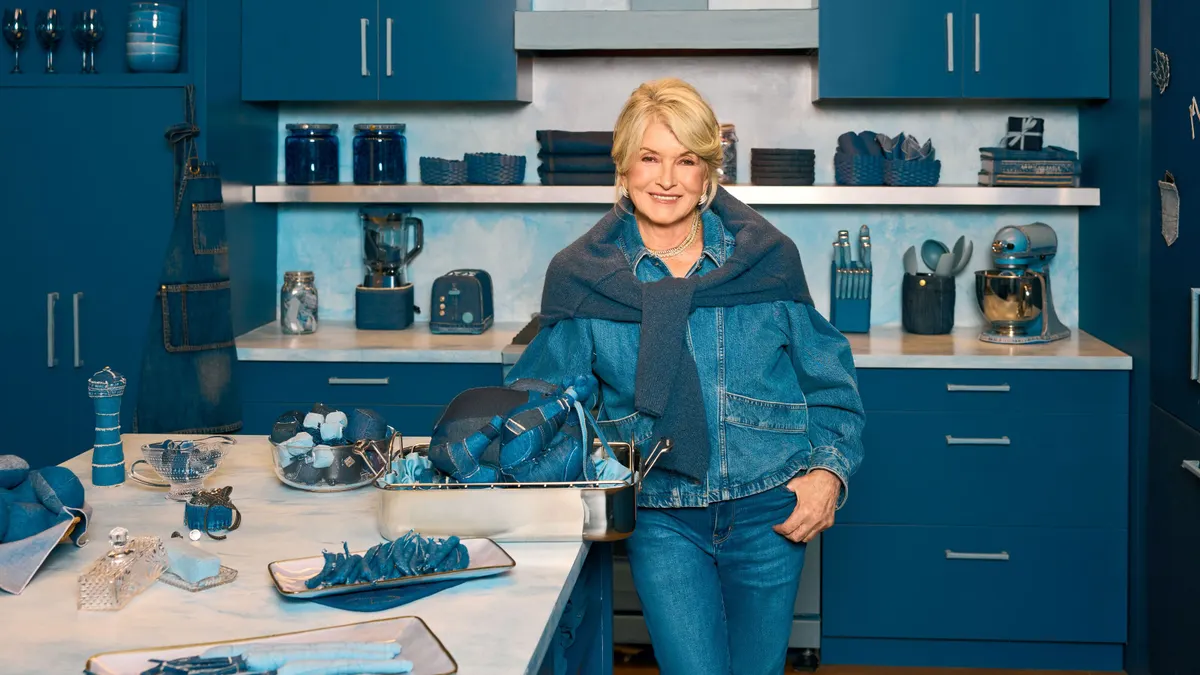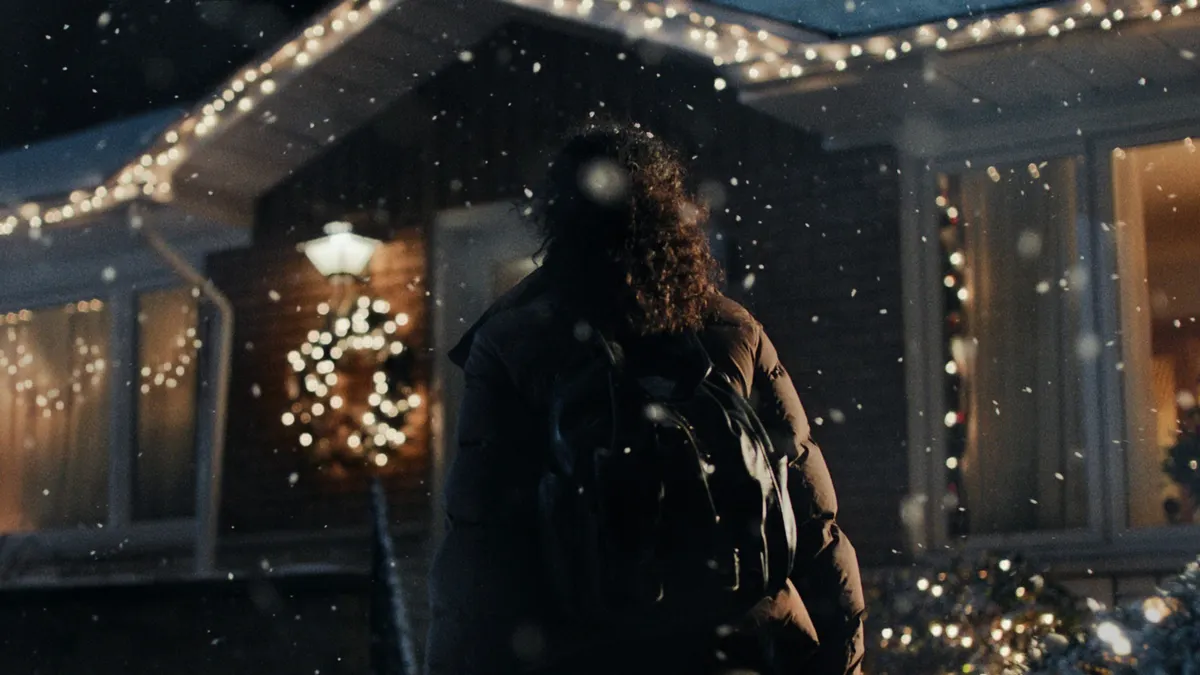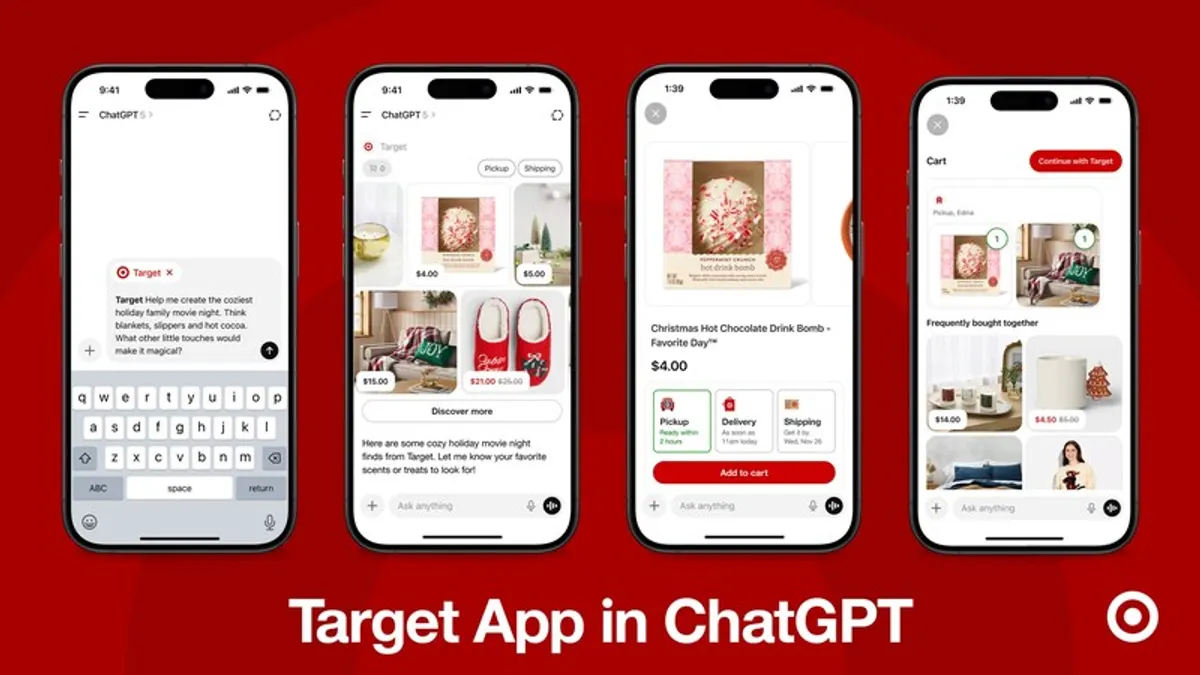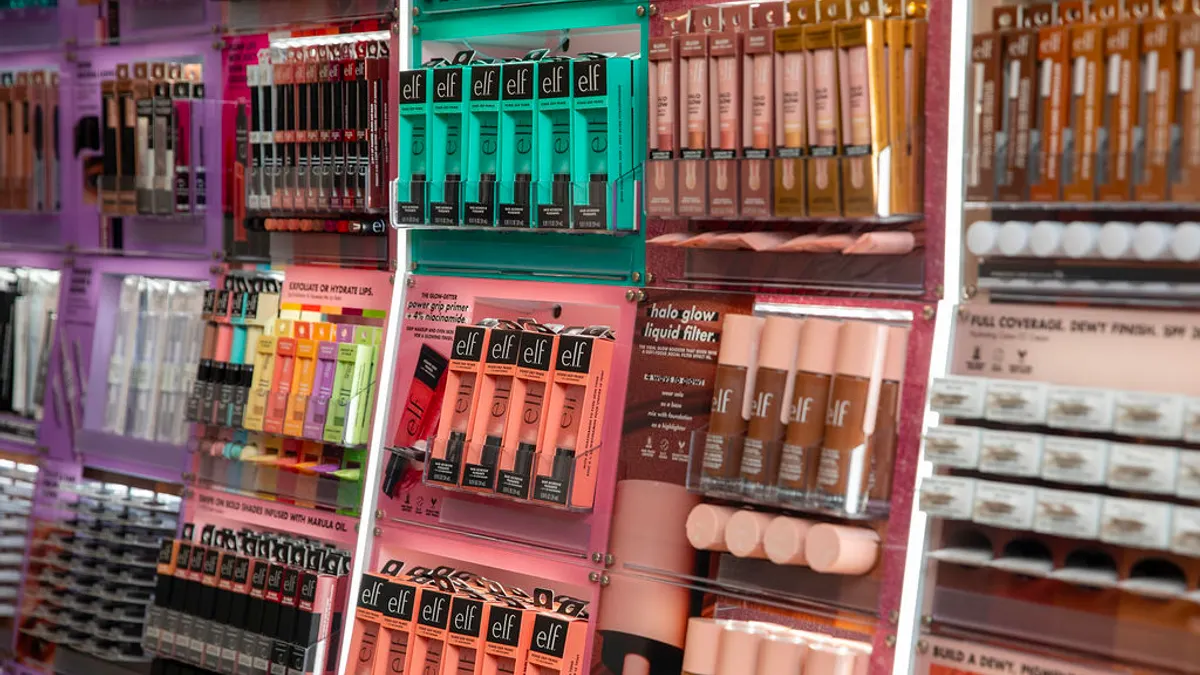Digital, unsurprisingly, dominated brand campaigns in Q3 2017, but the most popular efforts added an extra pop in key areas that have emerged as trends to watch this year: Better tying together real-world and social media channels and catering to the ever-shorter attention spans of consumers whether through extra-short video ads or quick-hit visual formats like GIFs.
While tangible tactics such as out-of-home pop-ups or special product packaging have been around for ages, they've found fresh life of late by catering their designs toward visually-oriented platforms like Snapchat and Instagram and directly encouraging visitors to share their experience via those apps. These campaigns also take advantage of social media's capacity for interactivity by utilizing gamification, hashtags and sweepstakes.
Ads last quarter also played into another internet-related trend — consumers' increasingly short attention spans — through extra-short video ads, which have proven controversial with some creative execs but continue to see traction thanks to YouTube and Snapchat.
Below, Marketing Dive breaks down the stand-out marketing pushes from Q3 and what they say about the state of the industry:
1.) Kind's sugar sculpture sends an alarming message
Kind, which makes healthy snacks, wowed New York City passersby late this summer with a striking out-of-home display that also made a powerful statement. The brand dumped 45,485 pounds of sugar in Times Square, representing the amount of added sugar kids in the U.S. eats every five minutes — a message emphasized through sculptures of children made from the sweet ingredient.
To extend the reach of the installation, Kind promoted it on YouTube and through a 360-degree video experience on its Facebook page that allowed users to explore the display if they couldn't make it in person. The campaign reinforced Kind's position as a healthier snacking alternative and also a new product called Kind Fruit Bites, which are marketed toward children and contain no added sugar.
2.) Perrier brings sparkle to social-focused pop-up
Sparkling water brand Perrier provided another example of a company that ran an eye-catching OOH activation worth sharing on social channels. But where Kind's stunt intended to send a sobering and solemn message, Perrier's aimed for fizzy fun. The brand and its experiential marketing shop Kinetic set up a Flavor Studio in the Soho neighborhood of New York City. The pop-up featured artwork, live DJs, a bubble ball pit and a mocktail bar where visitors could sample new flavor offerings.
All of these elements could be engaging on their own, but each was also specifically tailored to be shareable on social media: The bubble ball pit was built from the ground-up to be "Insta-worthy" and there was a hashtag photo printer present so visitors could keep a tangible piece of their experience.
3.) PepsiCo and Bud Light's Snapchat touchdowns
PepsiCo and Bud Light, beyond running traditional TV plays this year, are tackling NFL marketing directly by linking their packaging to Snapchat to offer dedicated football fans exclusive content and more. The brands are delivering these experiences via Snapcodes placed on their products that users can scan with smartphone cameras to see behind-the-scenes videos from their favorite teams and enter sweepstakes.
While both brands have offered team-specific packaging in the past, their strategies for the 2017 season smartly ride on the resurgence of QR codes, which has been spurred by the popularity of millenial-favorite Snapchat. For PepsiCo products like Frito-Lay's Tostitos, customers who activate the Snapcode will be randomly assigned an NFL team and, if that team wins its game for the week, the customer will receive rewards. Bud Light's code unlocks special NFL Snapchat filters, a Snapchat-based game and enters users into sweepstakes to win tickets.
4.) Duracell makes every second count
One of the biggest challenges currently facing marketers is the short attention span of consumers — a frequently-cited statistic suggests most people are more easily distracted than a goldfish — especially now that the internet gives them more control over the media they view. To combat this, some brands are creating super-short video ads that are hard to skip. While the truncated runtime obviously puts some restrictions on storytelling, Duracell's six-second spots for YouTube became a major success, reaching No. 7 on the platform's list of the top bumper ads.
The ads, from agencies Wieden+Kennedy and Spark Communications, thrive on their simplicity, leveraging Duracell's reputation to quickly drive its message home. They deploy audio and imagery that Duracell has used for years to achieve immediate recognition and feature only seven words — "This is the number one trusted brand" — to play into a new brand platform that puts a premium on trust.
5.) Millie Bobby Brown generates GIFs for Converse
In another example of snackable and visually-oriented advertising, Converse teamed up with the star of Netflix's "Stranger Things," Millie Bobby Brown, for a timely back-to-school campaign in August. For the ads, Brown acts out 32 different emotions teens feel heading into the first bell, which were then made into GIFs the shoe and apparel brand pushed on its social pages.
Called "First Day Feels" and crafted with the agency Big Spaceship, the campaign has a strong online presence on Converse's channels and through youth-oriented partner publishers like BuzzFeed and Teen Vogue. It employs the power of a popular star around the age of its target demographic, and uses fun, snappy GIFs to meet teens in the place where they consume their media.
6.) Burger King comforts the recently laid off
Fast food brands don't typically attempt to link their marketing campaigns to negative life events like getting fired, but Burger King — which brought home some of the top awards at Cannes Lions this summer — doesn't market itself like other brands. In August, it started giving out Whopper Severance packages where, if LinkedIn users could prove they had been recently fired, Burger King would send them a gift card for a free hamburger.
The stunt, made with agency David Miami, tapped an unusual social channel — LinkedIn is typically used for B2B purposes — to get customers in the door and probably improve what would otherwise be a pretty crappy day.



















